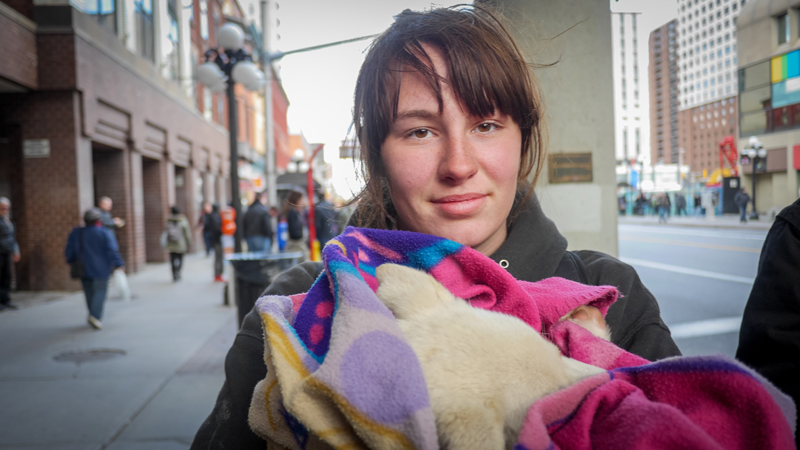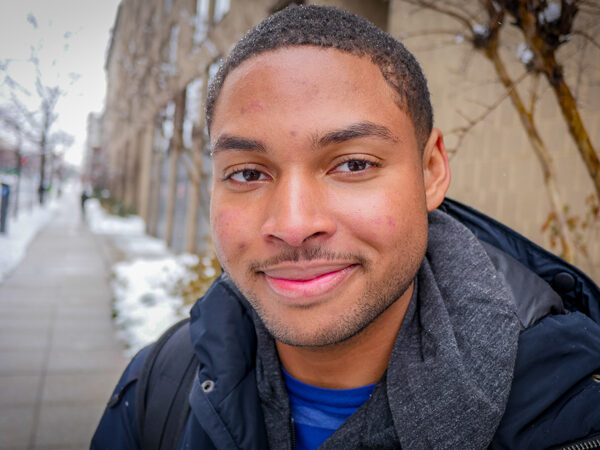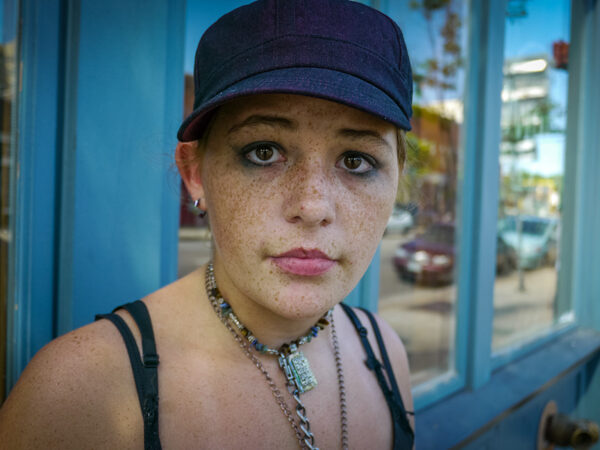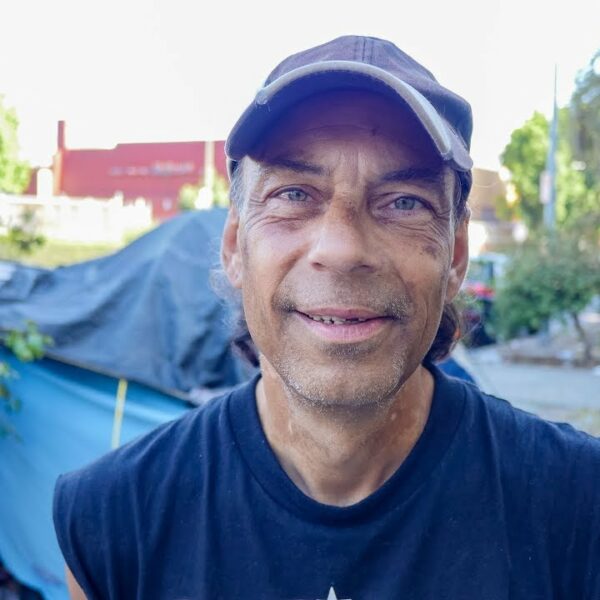When a young person becomes homeless, where do they go? Finding a shelter to stay in may be challenging for those experiencing youth homelessness. An individual may be too young to enter a traditional adult shelter. In addition, adult shelters may be very intimidating to someone in their teens. If they’re under 18, young people may fear child welfare finding them. And many shelters are simply too full.
Instead of shelter, many young people live on the street or “couch surf” for a while. They may even return home and leave again, repeating the cycle of youth homelessness. For about 73 percent of youth, homelessness lasts more than a month. The vast majority (72 percent) of those who experienced homelessness (generally, sleeping on the streets, in a car, or in a shelter) also said they had stayed with others while unstably housed.
Dangers of Youth Homelessness
As you might imagine, living on the streets puts young people at risk for many issues:
- Assault and other kinds of violent victimization
- Labor and sex trafficking
- Pregnancy
- Suicide
- Physical health problems
- Not obtaining a high school diploma/GED
Sixty-nine percent indicate having mental health difficulties and 29 percent report substance use problems.
Education plays an important role in homelessness among young people. Youth without a high school degree are 4.5 times more likely to become homeless than students who complete high school. However, homelessness puts students at grave risk of not completing their high school education.
Fortunately, the McKinney-Vento Homeless Assistance Act requires public schools work with communities for the benefit of homeless youth. This federal law aims to ensure students who are homeless can access and stay in school, no matter where they sleep. In fact, every U.S. school district must have a designated “McKinney-Vento liaison” to help students experiencing homelessness. They may coordinate transportation, connect students to academic help, and figure out ways for them to have what they need to be successful in school (e.g., counseling, food, clothing, supplies, etc.).












